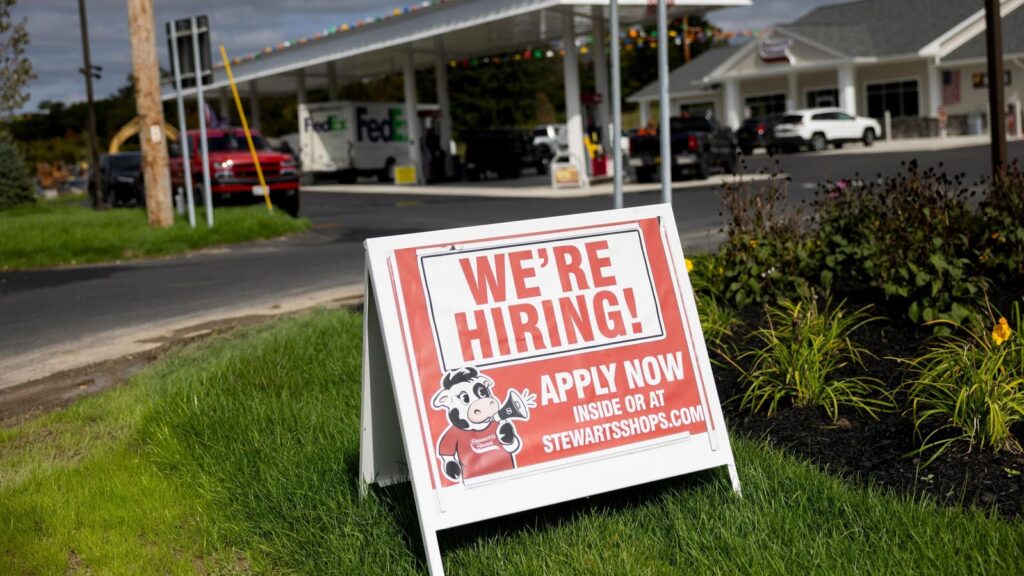Topline
The U.S. labor market exhibited signs of relative strength in May, according to the Labor Department’s monthly jobs report released Friday morning, as questions swirl about economic uncertainty in the face of tariffs and high interest rates.
The labor market is on close watch as concerns about a potential economic slowdown creep up.
Key Facts
The U.S. added 139,000 nonfarm jobs from April to May on a seasonally adjusted basis, the Labor Department said.
Consensus economist estimates pegged May job growth at 125,000, according to Dow Jones data.
The unemployment rate was 4.2% last month, meeting forecasts of 4.2%, the level it stood in March and April.
Job growth was strongest in the healthcare and food services sectors, while federal government employment contracted by 22,000, according to the report.
Contra
The government revised down prior March and April job growth estimates by 65,000 and 30,000, respectively, meaning job growth over the last three months was actually 81,000 positions weaker than anticipated prior to Friday’s release when combined with the better-than-expected May data.
Crucial Quote
“All things considered, this is a good jobs report. The labor market continues to slow steadily, but the sky is not falling,” Olu Sonola, head of U.S. economic research at Fitch Ratings, wrote in emailed comments.
Stocks Jump On Jobs Report
All three major U.S. stock indexes rose following the labor market update, building on earlier gains tied to signs of thawing in the U.S.-China trade war and a potential de-escalation in the feud between President Donald Trump and the world’s richest person, Elon Musk. Futures for the Dow Jones Industrial Average climbed 0.7%, or 300 points, and futures for the S&P 500 and tech-heavy Nasdaq rose 0.8% and 0.9%, respectively.
Key Background
Friday’s jobs report came two days after a secondary labor market measure, ADP’s private employment update, flashed a worrisome signal, as the payroll processor reported the weakest monthly private sector job growth in more than two years. Job growth has slowed broadly in 2025, with an average of 127,000 nonfarm jobs added per month through May, weaker than the 180,000 average jobs added over 2024’s first five months. In an encouraging sign for Americans, wage growth continues to outpace inflation, as hourly average pay rose 3.9% year-over-year to $36.24 in May, outstripping the 2.1% annual rise in the consumer price index in April, the last month for which CPI data is available.
What We Don’t Know
How tariff uncertainty or any further signs of economic weakness will weigh on unemployment. JPMorgan Chase economists predict the unemployment rate will peak next year at 4.8%, the highest level since August 2021. When excluding the 2020-21 blip during the COVID-19 pandemic, that would be the highest unemployment since October 2016 during the waning days of the Obama administration. The unemployment rate “will be closely watched in coming months to parse out the supply (immigration restrictions) vs. demand (impact of trade uncertainty and DOGE actions) shocks to the labor market,” Bank of America economist Shruti Mishra wrote in a Wednesday note to clients.
Further Reading
Read the full article here
